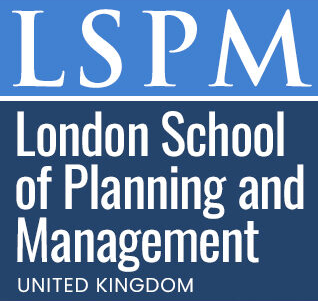Postgraduate Certificate in 3D Printing Technologies for Preservation
Published on June 19, 2025
About this Podcast
HOST: Welcome to our podcast, today I'm thrilled to be talking with an expert in the field of 3D printing technologies for preservation. Can you tell us a bit about your background and how you got involved in this exciting area? GUEST: I've been working as a conservation scientist for over a decade, and I became interested in 3D printing when I saw its potential to revolutionize the way we approach artifact replication and restoration. HOST: That's fascinating! The course you're teaching, "Postgraduate Certificate in 3D Printing Technologies for Preservation," sounds truly innovative. Could you share with us what students can expect to learn from this program? GUEST: Absolutely! Students will gain practical skills in digital preservation techniques, material science, and reverse engineering. They'll also master digital modeling and scanning for cultural heritage applications. HOST: I can see how these skills would be invaluable for archivists, museum professionals, and other conservation experts. With the rise of digital technologies, what current trends are shaping the field of 3D printing for preservation? GUEST: There's a growing emphasis on non-invasive methods and sustainable practices in cultural heritage management. Additionally, the integration of machine learning algorithms with 3D scanning and printing is opening up new possibilities for automating and optimizing the preservation process. HOST: That's really interesting. As with any emerging technology, there must be challenges that come with implementing 3D printing in preservation. Can you share some of the obstacles you've encountered or that your students face while learning this subject? GUEST: One of the main challenges is the rapid evolution of 3D printing technology, which requires constant updating of knowledge and skills. Moreover, the high cost of equipment and materials can be a barrier for some institutions and individuals. HOST: Those are important points to consider. Looking to the future, where do you see the field of 3D printing technologies for preservation heading? What advancements or applications are on the horizon? GUEST: I believe we'll continue to see the development of more advanced materials for 3D printing, which will enable even more accurate replication of artifacts. Additionally, the use of augmented and virtual reality in conjunction with 3D printed replicas could provide immersive experiences for education and public engagement. HOST: That sounds incredibly promising! I'm sure our listeners are eager to learn more about this exciting field. Thank you so much for joining us today and sharing your insights on the "Postgraduate Certificate in 3D Printing Technologies for Preservation." To our audience, be sure to check out this unique course and transform your preservation practice!
